New Zealand is welcoming and relaxed. However, for visitors, it’s just as important to understand the things not to do in New Zealand as it is to know where to go and what to see.
Jeff and I have lived here for over 20 years, and although New Zealand is now our home, we weren’t born here. Like many newcomers, we made our fair share of mistakes when we first arrived.
Some of our blunders were costly, but most were just embarrassing. All could have been avoided had I found an article like this one before we arrived.
To save you from the same dramas, we share some common mistakes that are easy to make, especially if you are not familiar with the customs, love for the environment, travel logistics, or a generally less stressed response to things.
Things not to do in New Zealand
- 1. Being too casual about customs
- 2. Underestimating travel times
- 3. Being too ambitious with your itinerary
- 4. Only visiting the tourist hotspots
- 5. Disrespecting Māori culture
- 6. Comparing things to your home country
- 7. Expecting anything to be open late
- 8. Not checking closing times at car parks
- 9. Swimming where you don’t know the conditions
- 10. Sticking your head under in hot springs
- 11. Assuming summer means hot weather
- 12. Skipping sun protection
- 13. Not understanding NZ restaurant etiquette
- 14. Skipping travel insurance
- 15. Not thinking about other photographers at night shoots
- 16. Not understaning kiwi driving culture and laws
- 17. Not planning a rest after a long-haul flight
- 18. Assumming dogs are always welcome
- More things not to do in New Zealand
1. Being too casual about customs
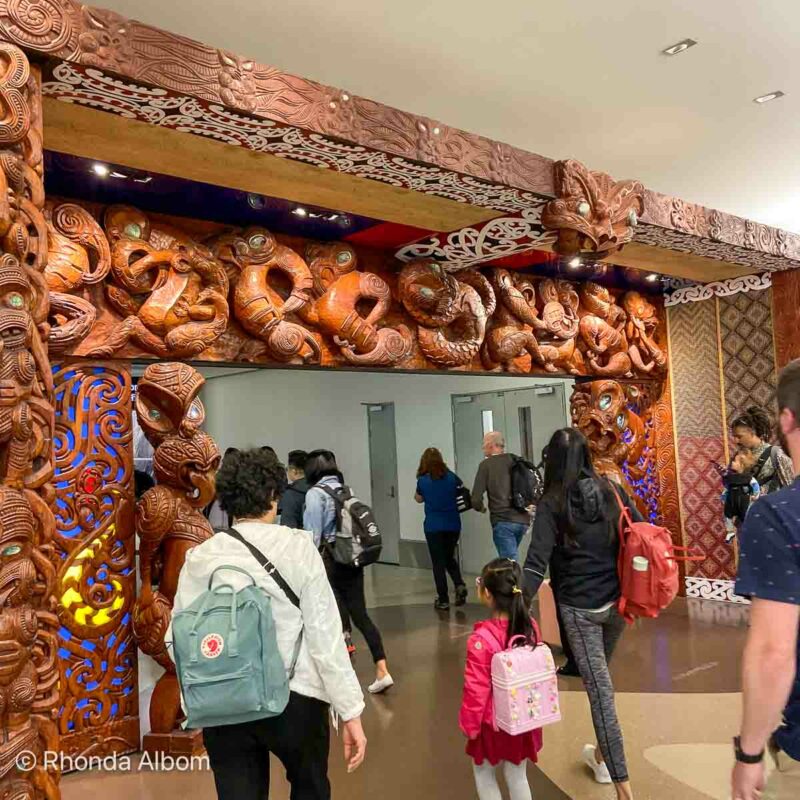
We opted to start our list at the point of entry. New Zealand is serious about protecting our unique environment from invasive pests and diseases. Even before you get off the plane, you will be aware of this.
Many incoming flights show a video highlighting the biosecurity process. It may feel intense, but it keeps our little country safe. The rules are clear and easy to follow, and if you do, customs is a breeze.
We believe it’s better to over-declare than get caught under-declaring. Over the years, we brought in a few questionable items, declaring them all. While a few trinkets and food items were confiscated, most we were allowed to keep.
Then there are a few people I know who are not so careful. The minimum fine at the time of writing this is $400. And that’s what my friend had to pay for one apple he left in his bag.
Before you pack, obtain the official information from MPI here, as it is always the most up-to-date.
2. Underestimating travel times
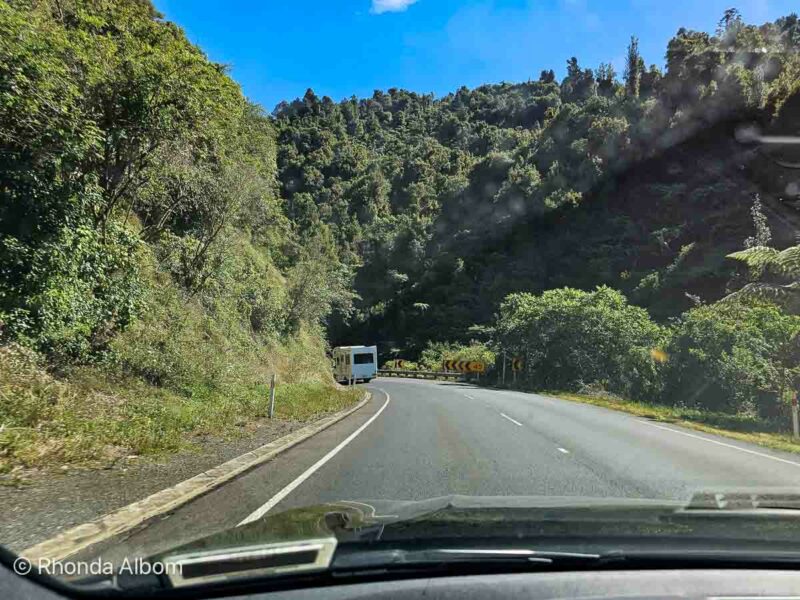
I considered starting the list here as I believe this is the number one mistake made by travellers to New Zealand.
As avid travellers, we have driven on six continents, so I feel comfortable recommending that, regardless of your background or GPS planning tools, you allocate extra time.
NZ may look small on the map, but our winding roads, mountain passes, lower speed limits, and single-lane bridges significantly increase travel time.
It’s not just about distance; it’s about the type of road you’ll be driving. A 100-kilometre trip here can often take two hours, even in good weather. And if you’re on a two-lane, winding road with limited passing opportunities, and stuck behind a campervan or truck, prepare to go slowly.
We learned this the hard way on our first road trip, misjudging the time it would take to get from Auckland to New Plymouth. What we thought would be a five-hour afternoon drive turned into a long, yet absolutely stunning journey through hills and switchbacks.
Use Google Maps for general timing, but always add extra time for scenic stops, toilet breaks, and the unexpected. And, more important than any of this, driving in New Zealand is part of the experience. We encourage you to take your time and enjoy the journey.
Read next: Getting Around New Zealand: Local Intel on Travel & Booking
3. Being too ambitious with your itinerary
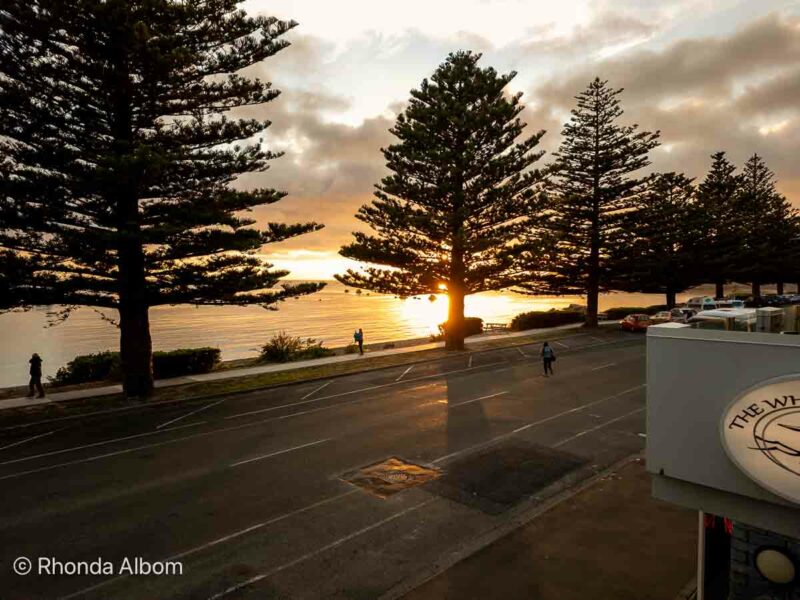
Our slower roads are complicated by the temptation to try to see everything in one trip. We promise, New Zealand is best experienced slowly. Many first-time visitors pack in too much and end up exhausted.
We’ve done it, but not any more. We have rushed from Auckland to Queenstown in under two weeks. While we saw a lot, we missed even more. Not any more, now we focus on one region at a time and give it loads of time.
Consider spending more time in fewer places. That’s where the real magic happens. Meeting locals, taking time for slower hikes, and sitting still and watching the sunrise over the sea.
Or better still, stay longer. We have never heard anyone say, “I wish I spent less time in New Zealand.”
4. Only visiting the tourist hotspots
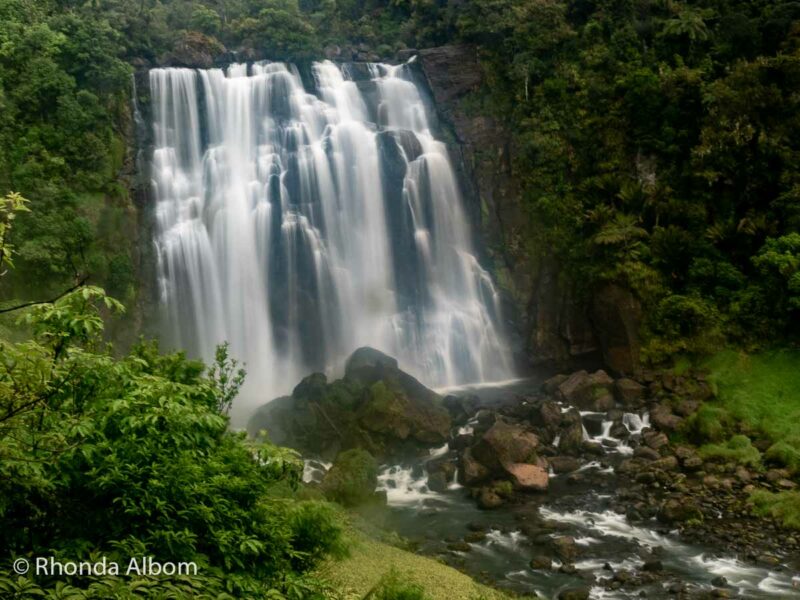
Places like Queenstown, Rotorua, and Auckland are popular for good reason, but there’s much more to New Zealand than its best-known cities.
Some of our favourite experiences have been in smaller towns, remote beaches, and little-known hikes. Don’t be afraid to go off the beaten path. This is another good reason not to underestimate travel times or to try to do it all.
Ask locals, explore a regional park, or take the scenic route. New Zealand rewards curiosity.
5. Disrespecting Māori culture
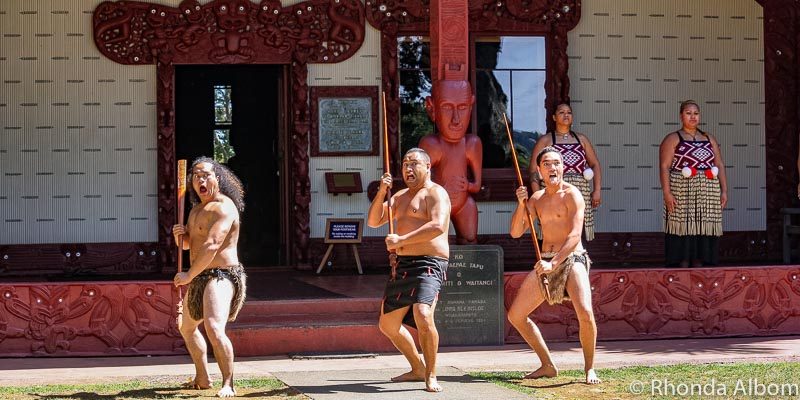
Māori culture is a vital part of New Zealand’s identity. Respect is expected from locals as well as tourists.
Do simple gestures like honouring a Rahui, showing respect during a pōwhiri (welcome ceremony), avoiding walking on sacred grounds where requested, not entering a marae uninvited, and removing shoes when entering a wharenui.
Also, resist the urge to giggle at certain unfamiliar words that in te reo Māori sound like something you would chuckle at in English.
Similarly, it’s rude to point, stare, laugh, or be afraid of tā moko (traditional facial tattoos). They carry deep personal, cultural, and genealogical meaning to the wearer.
Finally, tables are for eating, not for sitting or changing baby nappies upon. A little respect goes a long way.
6. Comparing things to your home country
While it’s natural to make comparisons while travelling, our best advice is to just enjoy New Zealand for what it is, a slice of paradise.
However, if you can’t do this, we recommend keeping comparisons that criticise NZ to yourself. There is little that annoys Kiwis more than when certain groups measure New Zealand negatively against their home country.
We’ve heard it all: “The coffee isn’t as good as in Melbourne,” or “You call that a highway?” or “We would never let dogs in here,” or “Poor kids, they don’t have shoes.”
Never forget, locals are proud of this country, and while people enjoy a good-natured chat, no one appreciates being told it’s not as good as somewhere else.
Jeff and I were warned about this before our first visit and have made a conscious effort not to do this since the day we arrived. We have always tried to stay curious rather than critical. We learned that it’s okay to question or notice differences, as long as we enjoy the uniqueness of the experience.
7. Expecting anything to be open late
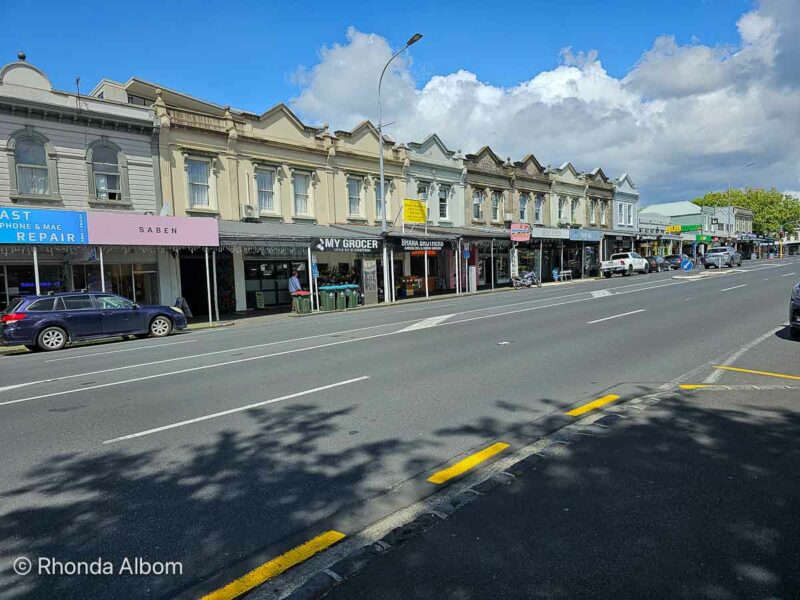
Outside of major cities, shops and restaurants tend to close early, sometimes shockingly early by international standards. Shops often close on weekdays by 5:30 pm, supermarkets often close by 8pm, and restaurants’ kitchens by 8:30 pm. And if this isn’t enough, in many small towns, shops shut down at 2pm on Saturday, not reopening until Monday morning.
Even in major cities, cafes often close by 2pm and shut on Mondays.
It’s especially important to plan ahead in rural areas or when driving long distances. Fill your petrol tank, grab snacks, and familiarise yourself with your accommodation’s check-in times.
Don’t assume there’ll be a late-night convenience store.
We were caught out up north when we opted to stay at the beach for a summer sunset instead of getting dinner. As a result, we arrived in a mid-sized town after 8pm and found everything shut (except McDonald’s and KFC, and they were closing soon).
Also, note that sometimes shops and restaurants close before their published times, when they have no business. Similarly, many restaurants simply publish “open late.” Depending on where you are from, it might not seem very late to you at all.
It’s part of the charm, but only if you’re prepared.
8. Not checking closing times at car parks
One thing that still catches us out is how early some car parks are gated closed. We’ve nearly been locked in twice, once at Muriwai Beach and again near Huka Falls.
Many scenic reserves and coastal car parks have locked gates that close around dusk. There’s often a sign, but it’s easy to miss if you’re in a hurry, forget to look, or are distracted by the view. We’ve seen more than one stranded tourist trying to get their rental car out after hours.
9. Swimming where you don’t know the conditions
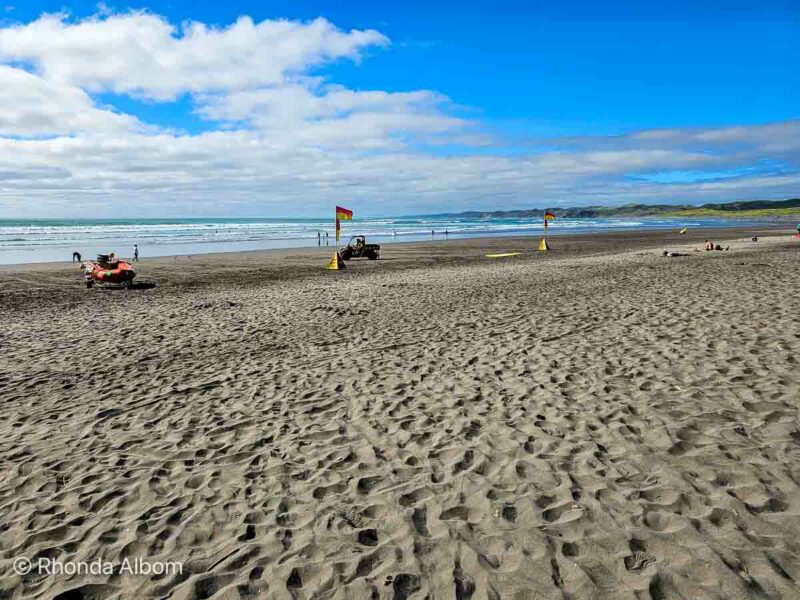
New Zealand’s beaches are beautiful, but they can also be dangerous. Rips and strong currents are common, even on calm-looking days. If you’re going for a swim in unfamiliar waters, choose a patrolled beach and swim between the red and yellow surf lifesaving flags (see the image).
We learned this the scary way. During our first summer here, our daughter, blissfully unaware, drifted outside the flags at Piha Beach. The lifeguards were on her in seconds, firm but kind, and absolutely right. That moment stuck with us.
There was even a popular TV show, Piha Rescue, that shows just how quickly swimmers can get into trouble.
10. Sticking your head under in hot springs
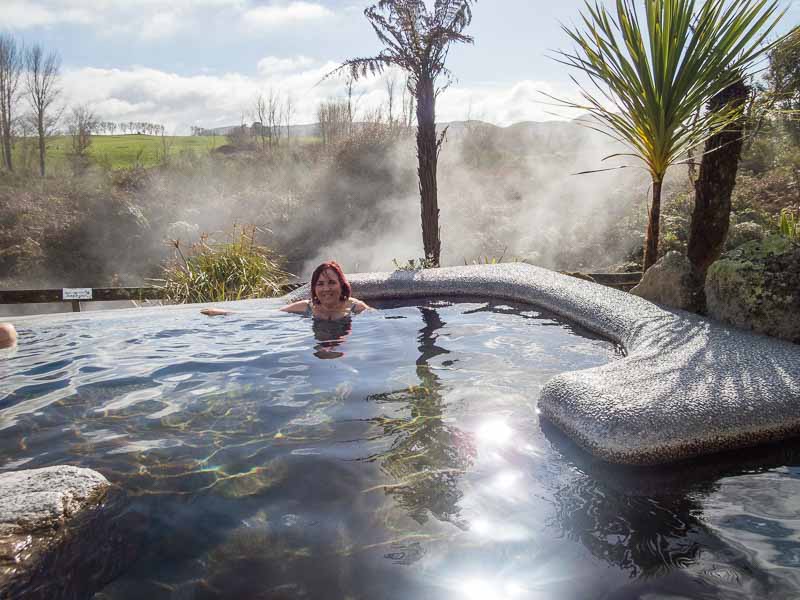
Soaking in hot springs is another water activity we do whenever we can. But there is a critical aspect to them that lets them earn their spot on our list of what not to do in New Zealand.
The rule is simple: don’t put your head under water. There is usually a sign, especially at commercial places, but often people don’t notice until it’s too late, or think it’s not really a big deal.
And in truth, it will probably be okay, but it can also cause amoebic meningitis, which can be fatal. The dangerous bacteria enter through the nose. And while we pride ourselves on being a bit adventurous, we also don’t take unnecessary risks.
We’ve visited plenty of natural springs around the country and always keep our heads above water, especially in geothermal areas like Rotorua or Taupō.
11. Assuming summer means hot weather
When we first came here, over 20 years ago, it was early autumn and the weather was lovely. A friend, who grew up here, gave me a gentle warning. There will be about six weeks in summer that are so hot, you won’t be able to sleep. I took her at her word. Twenty-two years later, I have only twice thought it was hot in New Zealand.
Not only is it not hot, but New Zealand’s weather can also be unpredictable and ever-changing. Tourists often arrive expecting tropical heat, only to be caught off guard by chilly evenings or sudden downpours.
Packing layers is key. And to make it easy for you, we have a free New Zealand packing list available when you sign up for our newsletter. We never spam, and you will get tips like the ones on this page.
More on our first year: An American Expat in New Zealand: Initial Days vs 20 Years On
12. Skipping sun protection
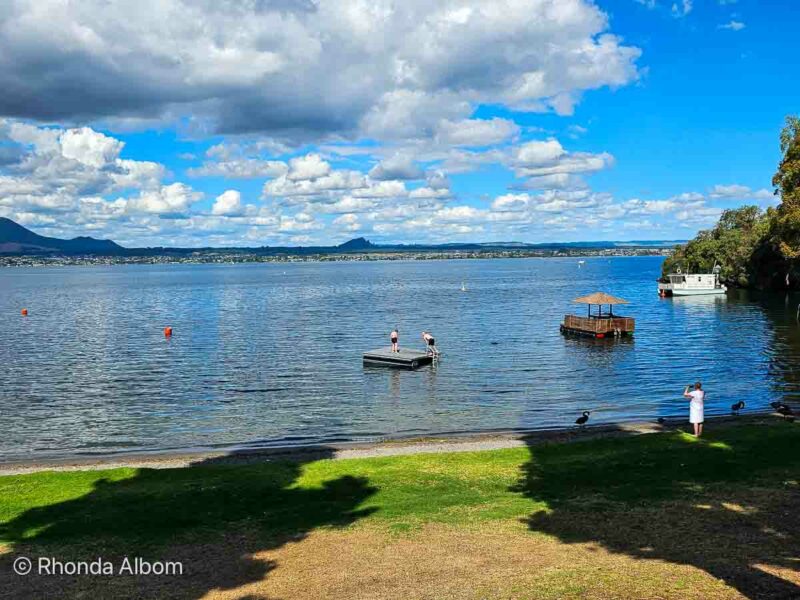
Before we leave the weather discussion, don’t forget sunscreen. The sun in New Zealand is harsh. There’s a hole in the ozone layer over Antarctica that impacts us in NZ. As a result, UV levels are among the highest in the world. We protect against sun damage as best we can.
From mid-spring to mid-autumn (September through May), we always slap on sunscreen and wear sunglasses, a hat, and often long-sleeved shirts. Even on cloudy or cooler days, the risk is real.
13. Not understanding NZ restaurant etiquette
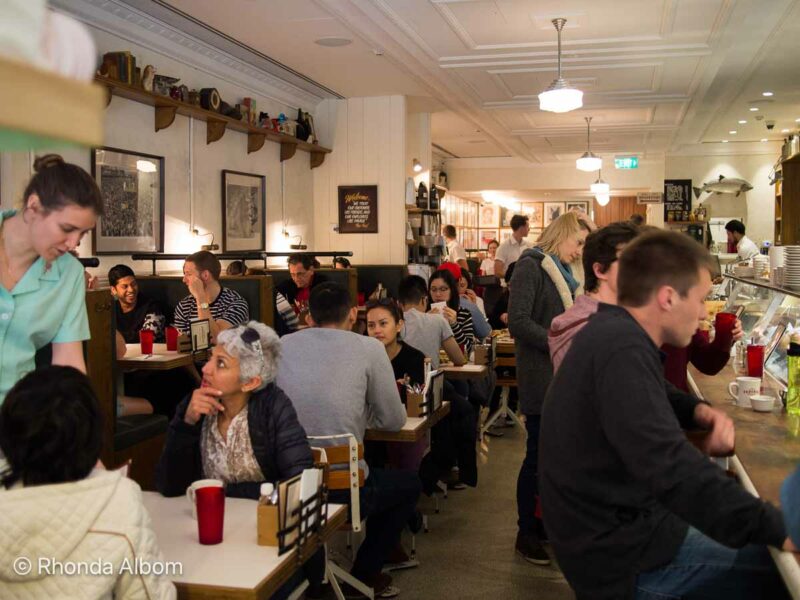
Depending on your country of origin, you may struggle a bit at NZ restaurants until you get used to how it works. Generally, dinner out is the evening event. We linger, slow and relaxed. There may be only one seating for dinner, and restaurants will usually hold tables for reservations.
This means that you might walk into a half-empty restaurant at 6:45pm and be told they are full for the night. This is because tables are being held for upcoming reservation times, which in NZ are called bookings. Unlike other countries, there is usually no waiting for a table option.
Once seated for dinner, your server may ask you if you want to start out with a drink, even before you have a menu. They will eventually bring the menu, you will order, eat, and can linger as long as you want.
At the end, your server will not bring you a bill. In most NZ restaurants, we walk up to the till (cash register), either at the front or in the bar, to pay.
Tipping in restaurants (or in hotels, spas, and taxicabs, for that matter) is not customary. Unlike in some countries, in NZ, waitstaff are paid at least minimum wage ($23.50 per hour from Sept. 1, 2025). Some restaurants that cater to tourists will add a “tip” line on the bill. Locals typically ignore it, often striking through. And if you think that tipping anyway will make you more liked, re-read our tip #6.
We have written more on NZ restaurant etiquette at the bottom of this article.
14. Skipping travel insurance
It might feel like an extra cost, but for us, travel insurance has proven essential. Maybe we are unlucky, maybe we are over adventurous, or maybe we just like visiting hospitals (this one is not it). To date, we have been in emergency rooms in seven counties.
New Zealand’s healthcare system is generally good, but note that medical care is not free for visitors who become ill. ACC covers accidents, but not illness.
When we have had bags go missing or rental car damage, we’ve also been glad we had coverage.
Before taking out insurance, check if you’re already covered. Start by checking your own domestic policy, reciprocal agreements with your home country, and your credit card.
Our current go-to is VisitorsCoverage. You can get a quote from them here. Just be sure to read the fine print on any policy you choose.
15. Not thinking about other photographers at night shoots
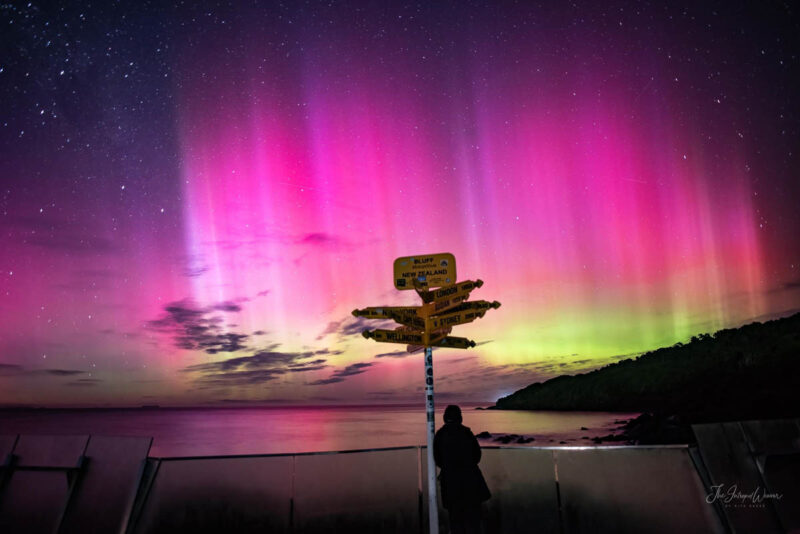
Photo credit: This amazing shot is by Rita Baker @intrepidweaver.
No question about it, New Zealand gets some impressive night skies that draw out professional and amateur photographers. The three that come to mind are the Aurora Australis, bioluminescence, and the Milky Way.
When these events are forecasted, they draw out professional and amateur photographers. What you do there makes a difference for everyone. The idea is not to ruin anyone else’s shot.
The biggest offender is light. Arrive with car lights that don’t impact the photo site. Similarly, you don’t want to leave on your car lights, torches or headlamps.
And a general courtesy, if someone has a tripod and camera set up, don’t walk in front of it.
If you’re unsure about what to do, you can always ask a question. Kiwis are a friendly lot.
16. Not understaning kiwi driving culture and laws
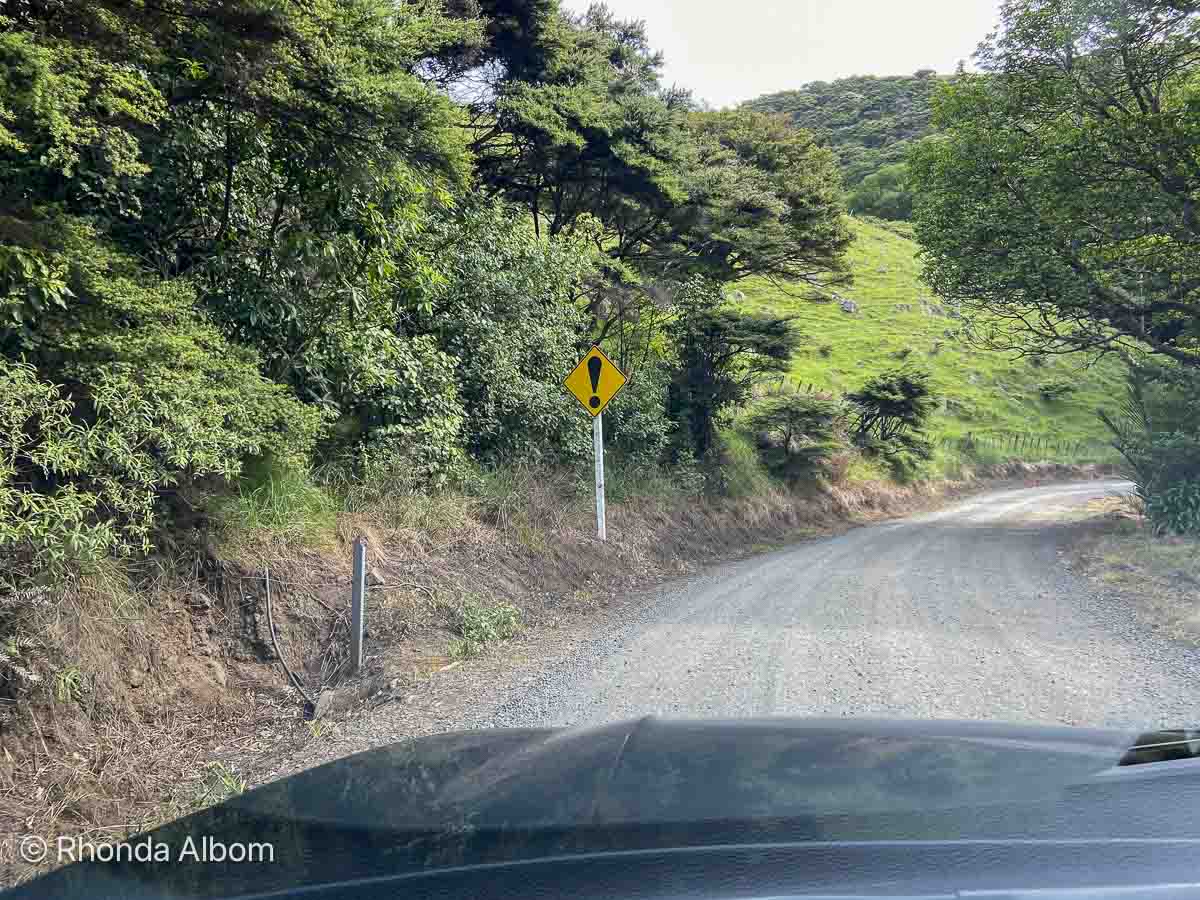
In New Zealand, vehicles drive on the left side of the road and the steering wheel is on the right. The transition is easy for most people, although driving requires a higher level of concentration. Check the NZTA for driving tips for overseas visitors. And be sure you know what the road signs mean.
For many tourists, this is their first time driving on the left. Everything is new and different, and then they get on some of our narrow, winding roads and slow down. There are passing bays for this purpose. There is plenty of warning that they are coming up and slow traffic should pull into them.
The idea is to avoid speeding up in the bay and let faster traffic pass.
Here are more of our own tips for driving in New Zealand.
17. Not planning a rest after a long-haul flight
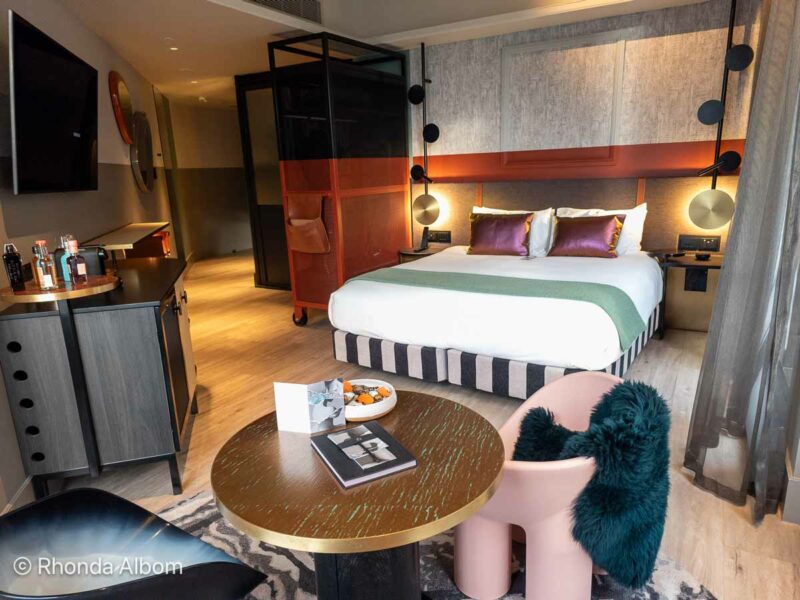
Long-haul flights are tiring. If you are coming from Europe, you have been travelling well over 24 hours by the time you land, from the USA more than 12 and usually overnight.
Sleep on the plane is rarely substantial (unless you are in first class).
Many travellers make the mistake of planning to drive somewhere other than straight to their hotel, right off the plane. This is not only the cause of many accidents, but when you are that tired, enjoyment is low.
Always give yourself at least one night’s sleep before getting behind the wheel of a car/campervan. We promise, you’re more tired than you think. If you are wondering where to stay, check out our list of favourite hotels around the country.
18. Assumming dogs are always welcome
In general, New Zealand is dog-friendly. Cafes and restaurants often have outdoor seating with dog bowls available. Some even have inside terrace seating that allows dogs. There are dog parks in nearly every town.
Although there are often hours when dogs are not allowed, they are generally permitted on most beaches. Even many non-food shops and offices allow dogs.
The reminder here is that while many places do, there are still a lot of places in NZ that are not dog-friendly.
Often it’s for the protection of native wildlife or Tikanga Māori (traditional laws/customs). Don’t assume that four-legged friends will be welcome. It’s best to check in advance, as there are many amazing places where dogs are very welcome to accompany you.
More things not to do in New Zealand
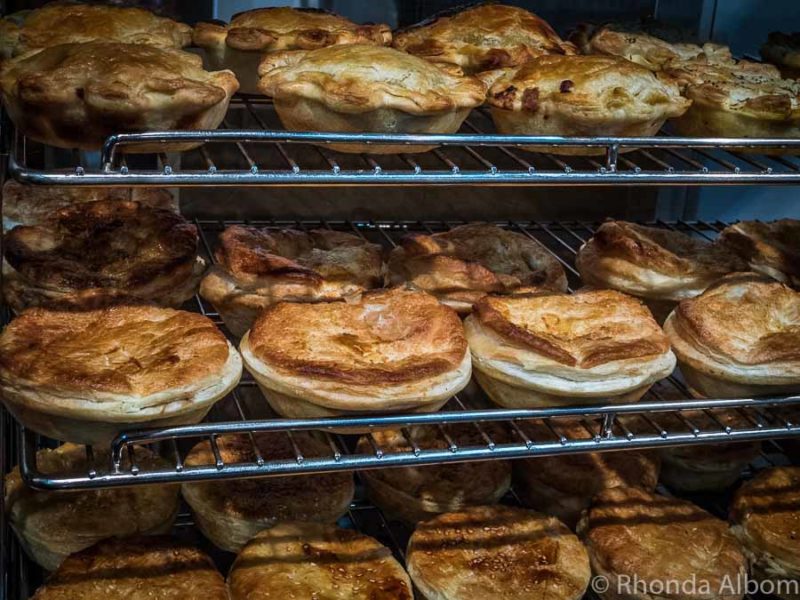
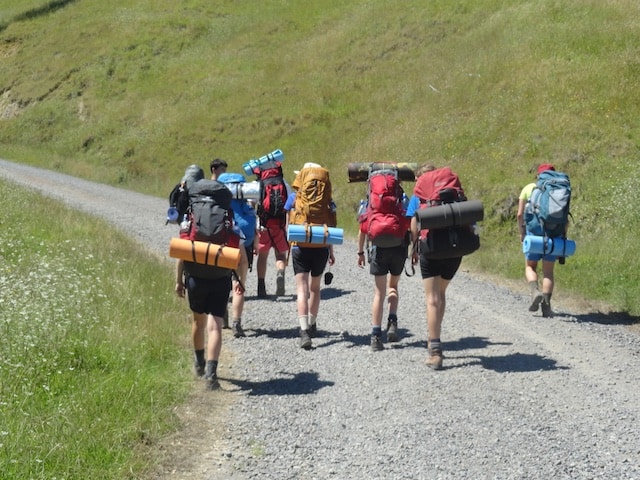

While we’ve highlighted the key points above, we also drew from this thread on Explore New Zealand, the country’s largest Facebook travel group, for additional insights. These are the opinions of group members.
- Forgetting that meat pie fillings are shockingly hot (especially if they have cheese). If you are wondering what a meat pie is, take a look at the photo. They are single-serve and super popular in New Zealand.
- Overestimating your fitness levels, particularly around the NZ Great Walks. As one group member wrote, “these are serious undertakings requiring planning, adequate gear, and a degree of fitness. Perhaps they shouldn’t be called walks.”
- Not remembering that at times, livestock have the right of way, especially when farmers are moving the animals. Sometimes we just have to wait.
- Spending too much time shopping for souvenirs throughout your trip.
- Avoid hitchhiking anywhere in NZ now! It’s not safe.
- Freedom campers: don’t poop everywhere and clean up ya toilet paper.
- Relying solely on Google Maps or GPS. More than one group member commented similar to this: “Google Maps has put me wrong in a lot of instances recently!”
- Forgetting about sandflies. Especially on the west coast of the South Island, you want to use insect repellent.
Save for later
If you enjoyed this article on things not to do in New Zealand, please share it on social media and save it for later on Pinterest.
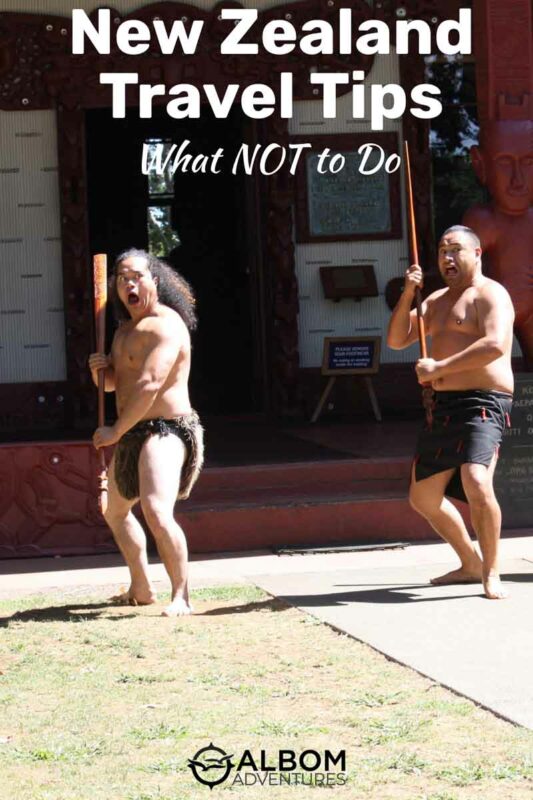

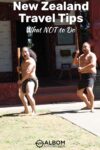
Carol
This is such a helpful guide! As an aspiring visitor, I appreciate the locals insights on avoiding common pitfalls and respecting the culture. It makes me excited to plan my trip.
Alex J. Cavanaugh
Head above water in hot springs – not going to break that one! I wouldn’t go in the ocean anyway though. I’ve seen Jaws too many times and I know how many sharks swim off our own coast.
Teresa
Your sunscreen months are round the wrong way 🙂
Rhonda Albom
Yikes, thanks. Fixed.
Marcel
Kia Ora,
section 12.
mid Spring to mid Autumn.??
is that correct in section 12.
should that not be: mid September to mid April.??
Cheers
Marcel
Rhonda Albom
Thanks. Got it. Fixed.
Robert
#12: “From mid-spring to mid-autumn (May through October)” ???
I think **(October through May) is meant
Rhonda Albom
Big thanks for catching what both me and my proofreader missed. It’s fixed.